Maxillary Sinus Lift
What is it?
The maxillary sinus is an air cavity that has several functions: Heating the air. It is a sounding board for the voice and reduces the weight of the head.
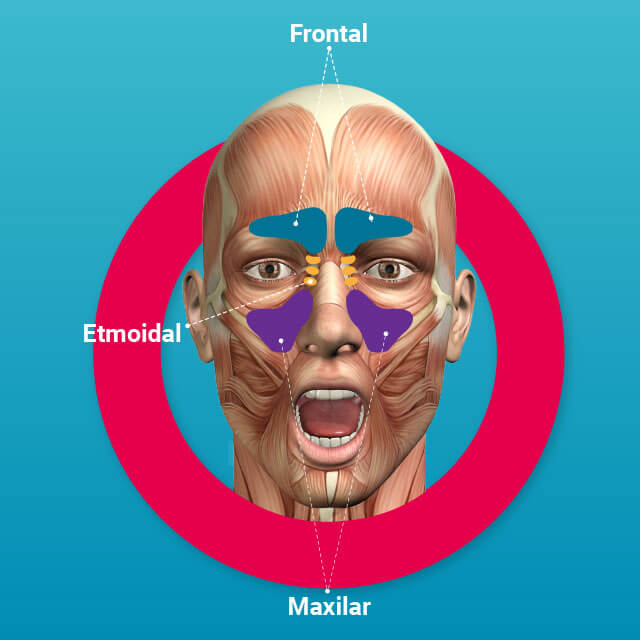
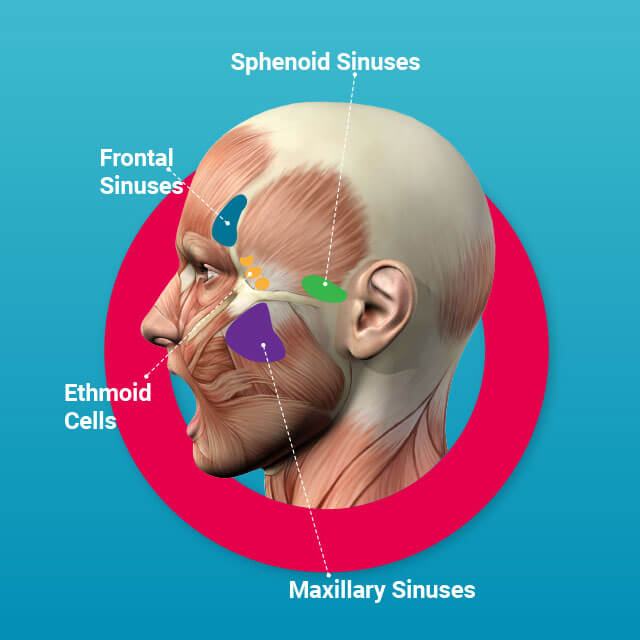
What happens to the maxillary sinus when we lose a tooth?
When we lose a tooth, the maxillary sinus becomes pneumatized, this means that it enlarges and when it enlarges we lose bone in height.
If we wanted to place dental implants where we have lost teeth, part of the implant would remain in this air cavity without support to resist the forces of chewing.
What can we do?
There is a technique called maxillary sinus elevation that consists of placing bone in this cavity; in this way, our implant will have enough bone around it to allow it to withstand the forces of chewing.
To be more successful in the quality of bone we are forming, we use a technique called Sticky Bone; a new concept using a platelet concentrate rich in growth factors (platelet gel) plus bone graft material.
The advantage of the sticky bone is that it provides stabilization of the bone graft and accelerates the healing of the tissue during the healing period.
Cases

This is a patient who has a total rehabilitation; but evidently it has been deteriorating little by little. We see that he has lost the lower molars that are extremely important teeth in chewing since they are in charge of grinding food; not having them, this function will have to be performed by the remaining teeth that are not designed to perform this function; this is one reason why the deterioration of the other teeth has accelerated.
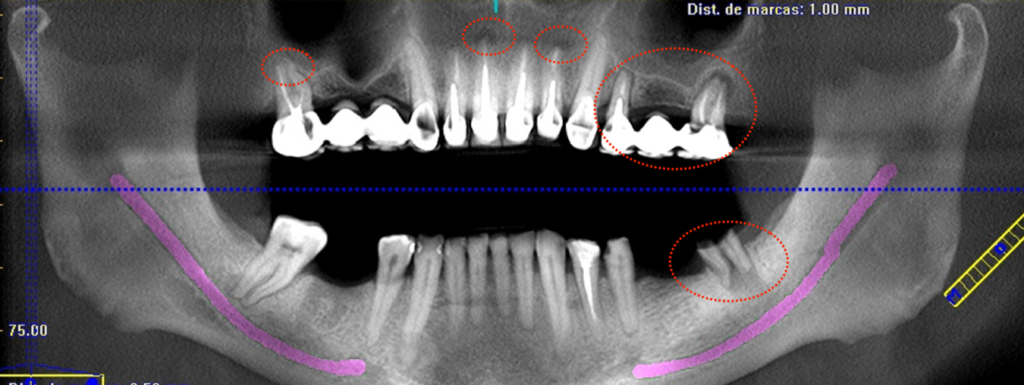
In the radiographic study (volumetric tomography) we see that we have lesions on the molars and incisors.
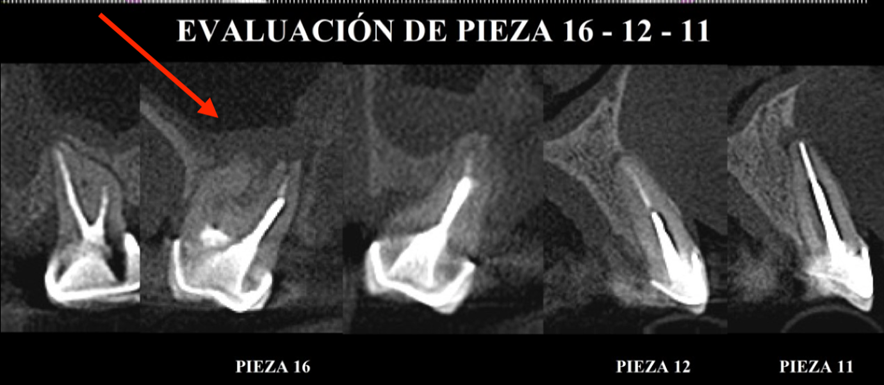
In this other tomographic section we can observe a periapical lesion (terminal part of the root) in the upper molar that has perforated the cortices of the maxillary sinus; for this reason we will have to extract these teeth. When extracting it, we will preserve the bone by placing a bone graft with platelet gel.

If we wanted to place dental implants, they would fall into the maxillary sinus and the implants would not have enough support to resist the forces of chewing; which is why we have to perform a procedure called maxillary sinus lift.
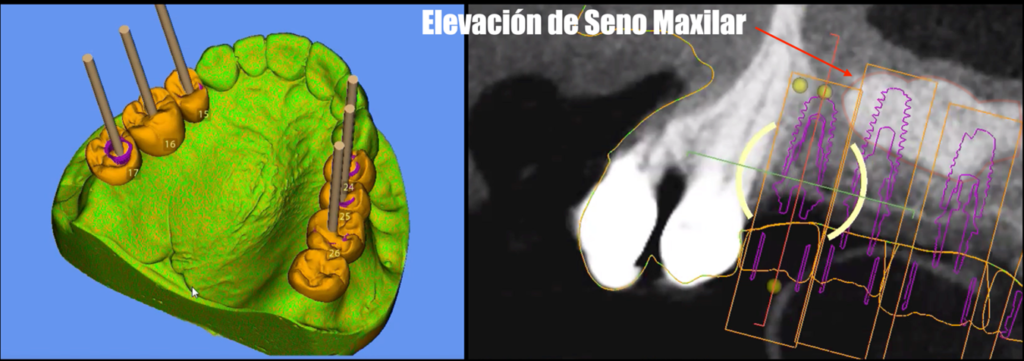
In the first illustration we can see part of the digital planning, which allows us to place the implants in the best position. In the second illustration we can see the bone that we have formed after lifting the maxillary sinus, this bone graft allows us to have an adequate support that resists the forces of chewing.
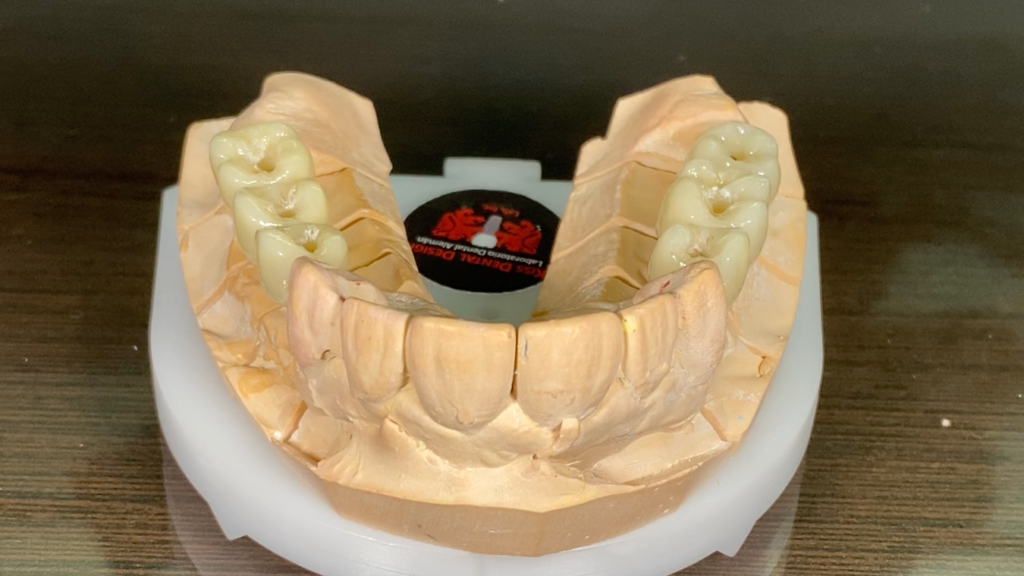
In this photo we can see the crowns made of Zirconium with high accuracy attachments.
Ver esta publicación en Instagram
Completed crowns in both upper and lower jaw. The important thing about this case is that we were able to return a functional and aesthetic smile to our patient.



